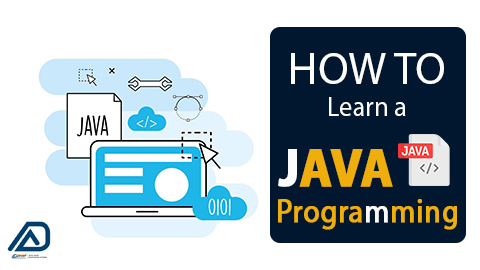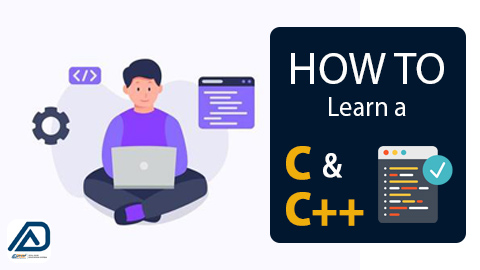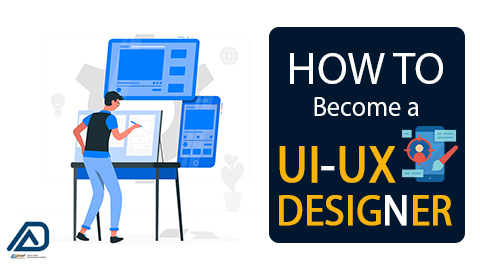What you'll learn
Syntax and Fundamentals: You'll start with the basics, including understanding Java's syntax, data types, variables, operators, and control structures (if statements, loops).
Object-Oriented Programming (OOP): Java is an object-oriented language, and you'll delve into core OOP concepts such as classes, objects, inheritance, polymorphism, encapsulation, and abstraction.
Packages and Modules: Learn how to organize your code into packages and use Java's module system introduced in Java 9 for better code organization and encapsulation.
Methods and Functions: Explore how to create methods (functions) in Java and understand method overloading and overriding.
Input and Output (I/O): Learn how to read and write data to files, use input streams and output streams, and work with file handling in Java.
Exception Handling: Understand how to handle exceptions and errors gracefully in your Java programs using try-catch blocks and exception classes.
Industry Best Practices: Gain knowledge of coding standards, design patterns, and best practices for writing clean, maintainable, and efficient Java code.
What you'll learn
Basic Syntax: You will learn the fundamental syntax of the C programming language, including variable declaration, data types, operators, and control structures (loops and conditionals).
Functions: You'll learn how to write functions in C, which are reusable blocks of code that perform specific tasks.
Pointers: Understanding and working with pointers is a crucial aspect of C programming. Pointers are variables that store memory addresses and are used for tasks like dynamic memory allocation and efficient data manipulation.
Memory Management: C provides manual memory management, and you'll learn how to allocate and deallocate memory using functions like malloc and free.
Arrays and Strings: You'll become proficient in working with arrays and strings, which are fundamental data structures in C & C++.
File Handling: C provides functions for file input and output operations. You'll learn how to read from and write to files.
Debugging and Error Handling: Learning how to debug C programs and handle errors is an essential skill.
Object-Oriented Programming (OOP): C++ extends C by introducing OOP concepts like classes and objects. You'll learn how to create and use classes, encapsulation, inheritance, and polymorphism.
Templates: C++ supports template classes and functions, allowing you to write generic code that can work with different data types.
Exception Handling: You'll learn how to use exception handling to manage errors and exceptions in C++ programs.
What you'll learn
Learning UI/UX design involves acquiring a combination of design principles, technical skills, and a deep understanding of user behavior. Here's what you can expect to learn when pursuing UI/UX design:
Design Fundamentals, User Experience (UX) Design, User Interface (UI) Design, Research and Usability Testing, Interaction Design, Accessibility, Front-End Development Basics, Industry Tools and Software, Portfolio Development
What you'll learn
Design Principles: Understand the fundamental principles of design, including color theory, balance, proportion, harmony, rhythm, and emphasis. These principles are essential for creating aesthetically pleasing and well-balanced designs.
Fashion History and Theory: Study the history of fashion, its evolution, and its impact on culture and society. Analyze different fashion movements and trends throughout history.
Fashion Sketching and Illustration: Develop your ability to sketch and illustrate fashion designs, both by hand and using computer-aided design (CAD) software. These sketches are essential for communicating your design concepts.
Fabric and Material Knowledge: Gain an understanding of various fabrics, textiles, and materials used in fashion design. Learn how to select the right materials for specific designs and understand their properties.
Pattern Making and Draping: Learn how to create patterns for garments, allowing you to cut and sew pieces together to form clothing. Draping involves manipulating fabric directly on a dress form to create patterns and designs.
Sewing and Garment Construction: Develop practical sewing skills, including machine sewing, hand sewing, and garment construction techniques. You'll learn how to turn your design sketches into actual clothing.
Fashion designers cater to a wide range of audiences with diverse tastes, needs, and preferences. Identifying and targeting the right audience is essential for the success of a fashion brand or designer
Fashion Illustration and Portfolio Development: Create a professional fashion design portfolio that showcases your best work, including sketches, designs, and completed projects.
Textile Design: Explore the art of textile design, which involves creating patterns and prints for fabrics used in fashion.
Costume Design: If you're interested in costume design for theater, film, or television, you may study costume design techniques, historical costumes, and character analysis.
What you'll learn
Design Principles: You'll learn fundamental design principles, including concepts like balance, proportion, harmony, and rhythm. Understanding these principles is crucial for creating visually appealing jewelry.
Materials and Gemology: Gain knowledge about various materials used in jewelry making, such as metals (gold, silver, platinum), gemstones (diamonds, sapphires, emeralds, etc.), and other materials like pearls and enamels. Study gemology to understand the characteristics and value factors of gemstones.
Sketching and Rendering: Develop your sketching and rendering skills to illustrate your jewelry design ideas effectively. This is essential for conveying your vision to clients, manufacturers, or fellow artisans.
Computer-Aided Design (CAD): Learn how to use CAD software to create digital 3D models of your jewelry designs. CAD allows for precise design and can be a valuable tool for both design and presentation.
Jewelry Manufacturing Techniques: Understand various jewelry manufacturing techniques, including metal casting, soldering, stone setting, engraving, polishing, and finishing. Gain hands-on experience working with jewelry-making tools and equipment.
Stone Setting: Explore different methods of setting gemstones into jewelry, such as prong settings, bezel settings, pave settings, and channel settings. Learn how to securely and aesthetically incorporate gemstones into your designs.
Wax Carving: Wax carving is a technique used to create jewelry molds for casting. You'll learn how to carve intricate patterns and designs into wax, which will be used to make the final metal piece.
Jewelry History and Styles: Study the history of jewelry design, including different eras, styles, and cultural influences. This knowledge can inspire your own design work and help you understand the evolution of jewelry design.
Business and Marketing: If you plan to start your own jewelry design business, you'll need to learn about marketing, pricing, budgeting, and managing a jewelry business. Understanding market trends and consumer preferences is also crucial.
Custom Design: Many jewelry designers offer custom design services. Learn how to work with clients to understand their preferences and create unique, one-of-a-kind pieces tailored to their needs and desires.
Portfolio Development: Create a portfolio of your best work to showcase your skills and creativity. A strong portfolio is important for job applications, freelance work, or starting your own jewelry design business.
Ethical and Sustainable Practices: With growing awareness of ethical and sustainable practices in the jewelry industry, you may study how to source materials responsibly and incorporate sustainable principles into your designs.
- 1
- 2







